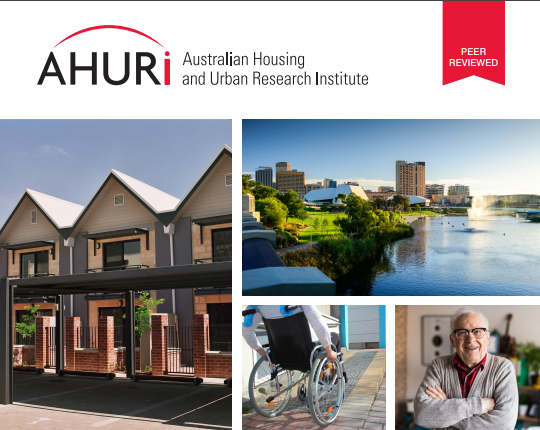AHURI WEBINAR
Redesign of a homelessness service system for young people
In April, the Australian Housing and Urban Research Institute (AHURI) held a webinar exploring the “Redesign of a homelessness service system for young people” by David MacKenzie, Tammy Hand,
Carole Zufferey, Sean McNelis, Angela Spinney and Deirdre Tedmanson (2020). The research project was aimed at identifying and proposing measures that could reduce youth homelessness and lead to improved outcomes for young people who experience homelessness.
It was highlighted that a large percentage of individuals seeking assistance from Specialist Homelessness Services (SHS’s) were children and young people (44%) with about 42,000 of these being young people 15-24 on their own. “Despite youth homelessness having a high public profile and being the subject of several government inquiries, as well as a body of research evidence, this has not translated into a systemic policy and programmatic response”.[i] The underlying assumption of the research is that the service system, as it stands, does not serve young people well, citing the fact that between 40-50% of young people exiting homelessness services move into a situation of further homelessness.[ii]
The research undertook an analysis of local homeless client data in three locations (NSW, South Australia and Victoria), concluding that the Community of Schools and Services (COSS) model applied in Geelong (Victoria) resulted in a significant decrease in adolescent homelessness in that location. The COSS model emerged from The Geelong Project (TPG) and is a place based model for identifying and responding to young people and families where there is a risk of early school leaving and homelessness.
The research proposes that effective responses to youth homelessness need to adopt a systems approach that is broader than just Specialist Homelessness Services (SHS’s), or the homelessness service system. The ecosystem proposed includes “a place based community of interventions, programs and institutions that affect young people, and are, in turn, affected by young people”.
MacKenzie argues that a paradigm shift away from siloed programs and services to one that is place-based can have a significant impact on the experiences of young people who are homeless, or may become homeless. He proposes a model that places early intervention and post homelessness support and housing options on either side of the existing Specialist Homelessness Services.
Early intervention in this model would include the adoption of the COSS model and improved access through youth entry points – where a collaboration of services act as a central point for access to services – as well as extending the age of state care to at least 21 years old. Post homelessness support and housing options include youth specific social housing, the integration of youth foyers as exit pathways from SHS’s, and the consideration of private rental housing subsidies to address affordability issues.
Whilst not a complete overhaul of the existing service system/s that young people interact with, the proposed redesign of a homelessness service system for young people brings together enhancements to many of the existing elements of the service system, in addition to articulating their interconnectedness in a way that is most beneficial to the young people who need them.
The challenge for implementation will be to garner the agreement, will and cooperation of multiple stakeholders to try something different. No small feat considering the multiplicity of layers in the existing service system.
You can access the research reports and webinar recording here.
[i] MacKenzie, D., Hand, T., Zufferey, C., McNelis, S., Spinney, A. and Tedmanson, D. (2020) Redesign of a homelessness service system for young people, AHURI Final Report 327, Australian Housing and Urban Research Institute Limited, Melbourne, http://www.ahuri.edu.au/research/final-reports/327, doi: 10.18408/ahuri-5119101. P.6
[ii] MacKenzie, D., Hand, T., Zufferey, C., McNelis, S., Spinney, A. and Tedmanson, D. (2020) Redesign of a homelessness service system for young people, AHURI Final Report 327, Australian Housing and Urban Research Institute Limited, Melbourne, http://www.ahuri.edu.au/research/final-reports/327, doi: 10.18408/ahuri-5119101. p.2


